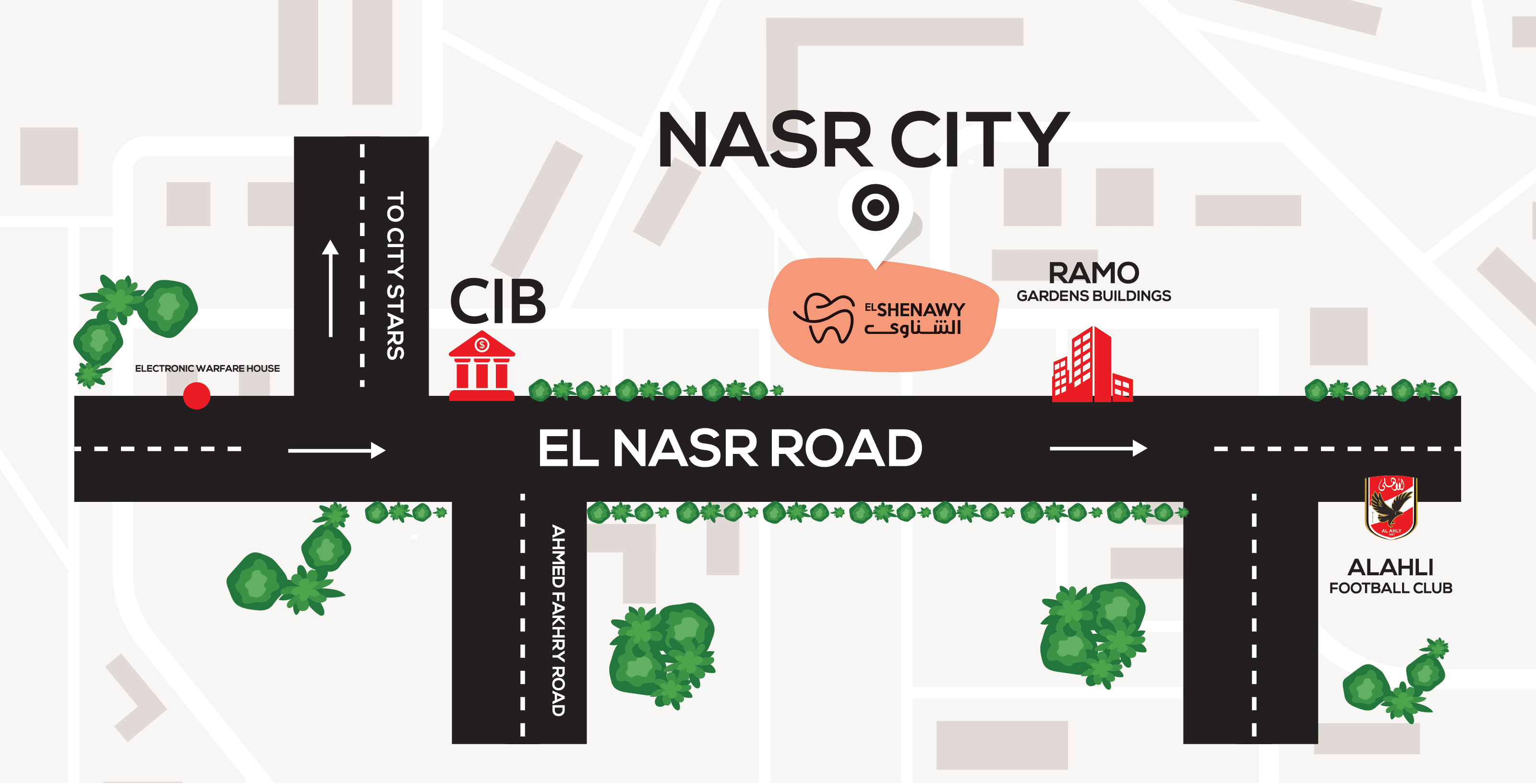As your child grows up, you may notice some habits developing that, while seemingly harmless in appearance, can leave a long-lasting impact on their oral health and overall wellbeing. Thrusting of the tongue is one of these common habits. While it is normal for infants to display this reflex, when it continues into childhood, it has the potential to lead to a variety of dental and speech difficulties. Understanding what causes this behavior, how to identify it, and when to seek treatment is key to keeping your child’s mouth in good health.
What is tongue thrust meaning?
An act that happens when someone pushes their tongue forward, usually this push is against their back teeth or between their top and bottom teeth. This act happens when swallowing, speaking, or even just relaxing,which causes children’s teeth to be continuously pressured and moved out of their proper alignment.
In children with endogenous tongue thrust, this behavior can be either subconscious or conscious. Since they may not feel that they are continuously pushing their tongue against their teeth, most children are unaware of the habit. If you notice any symptoms in your child, it’s important to have the habit evaluated and treated by a healthcare provider.
Causes of thrusting of the tongue
- Tongue Thrust Reflex: In babies, this is actually a good thing! It helps them avoid choking while they’re eating. It usually fades by 6 months but can become a habit if it persists.
- Overuse of Sippy Cups or Pacifiers: Overuse of pacifiers or sippy cups beyond the age of 3 can facilitate thrusting of tongue by positioning the tongue and jaw forward during sucking.
- Anatomical Problems: A narrow upper jaw or crowded teeth limit the space available for the tongue, and a tongue tie may also make it easier to thrust the tongue during swallowing.
- Nervous System Disorders: Disorders like Down syndrome, cerebral palsy, or autism spectrum disorder (ASD) can impair muscle coordination and cause tongue to thrust.
- Other Factors:
- Narrow palate
- Enlarged tonsils
- Thumb sucking
- Using bottles or pacifiers after 4-5 years
Symptoms to spot thrusting of the tongue in children
This case can cause several noticeable signs in children, especially if it continues beyond infancy.
Common symptoms:
- Visible tongue: Whether while speaking, swallowing, or at rest, the tongue tends to be visible between the teeth.
- Mouth breathing: Regularly breathing through the mouth rather than the nose.
- Lip closure difficulty: The inability to bring the lips together, usually as a result of a habit or structural problem.
- Open bite: An open bite is when the top and bottom teeth don’t touch when someone closes their mouth.
- Eating difficulties: Sometimes, because of the way the tongue moves, people might eat really slowly, super fast, or make a big mess while eating.
- Speech difficulties: Difficulty making some sounds, especially “s,” “z,” “sh,” and “j.”
- Biting the tongue or cheek: Sudden tongue or cheek biting during the usual activities.
- Swallowing problems: Difficulty swallowing or food falling out of the mouth easily.
- Jaw pain: Pain in the jaw or complaints of discomfort could indicate misalignment and long-term effects, including temporomandibular joint (TMJ) disorders.
How is thrusting of the tongue treated?
Treatment may involve a combination of professionals, including both dentists and other specialists like speech therapists or orthodontists, as they work together to address the different aspects of the issue.
- Speech therapy (Myofunctional therapy): The child is treated by an SLP in order to have a good tongue position, and to strengthen the tongue, cheeks, and lips. The therapy eliminates the habit of thrusting tongue and also improves any speech impediment caused by the condition.
- Tongue crib:To stop the thrust of the tongue forward, an orthodontist can apply a tongue crib, which is an appliance that is worn over the posterior teeth. This helps in retraining the tongue and is usually worn for six months to one year.
- Braces and aligners: To fix a misaligned bite, an orthodontist may suggest braces or aligners.
- Orofacial myology: This ongoing therapy focuses on correcting the placement of the lips, jaw, and tongue. It also addresses swallowing patterns. Without continuous therapy, corrections may revert over time.
- Treatment for breathing and allergies: If thrusting is caused by breathing problems (such as allergies or congestion of the nose), these must be resolved before other treatments.
It is important to note that some children naturally outgrow tongue thrusting by ages 4 or 5. If the habit isn’t causing any harm, treatment may be delayed to allow time for this natural progression.
Complications of untreated tongue thrust habit
If left untreated, it can lead to several long-term complications, including:
- Crooked teeth: The tongue constantly pressing against the back of the teeth can force the front ones forward, creating spaces or an open bite between the upper and lower teeth.
- Speech difficulties: Constant thrusting of the tongue can cause speech difficulty, such as a lisp, particularly when attempting to make specific sounds like “s” and “z.”
- Facial changes: Over time, the habit may cause the facial shape to elongate, and the tongue may begin to protrude from between the teeth, affecting overall facial appearance.
At home exercises to stop tongue thrusting
Tongue Press Exercise:
- Place a sugar-free sweet (like a raisin or cheerio) on the tip of your tongue.
- Press the tip of your tongue against the roof of your mouth, making sure it touches the gum area.
- Bite together on your teeth and keep your lips apart.
- Swallow while keeping your teeth together and lips apart.
- Perform this exercise twice in the morning and twice in the evening. It may feel challenging at first, but it will get easier over time.
Sound Exercises:
- Repeatedly make the “z” sound with the tip of your tongue behind your lower teeth.
- Work on words that finish in “z,” like “buzz.”
- When using these words to form sentences, make sure the tip of your tongue remains behind your lower front teeth.
Receive professional dental care at El-Shenawy Clinics
At El-Shenawy Dental Centres, we are dedicated to delivering exceptional dental care with the most advanced technology and state-of-the-art equipment to provide the best quality results for every patient. Our skilled team of dentists is dedicated to a personalized treatment, with every treatment plan meticulously planned to suit your personal needs. We specialize in preventive care, restorative procedures, and cosmetic procedures, always prioritizing your comfort and satisfaction at every step. With a combination of state-of-the-art techniques and customized treatments, El-Shenawy Dental Centres is a trustworthy destination for all dental needs.
Conclusion
As your child develops, you need to ensure you have healthcare providers you can trust to guide you along the way. Thrusting of the tongue may seem like a minor issue, but if left untreated, it can lead to severe oral health issues. At El-Shenawy Dental Clinics, we offer a comprehensive approach to treating tongue thrusting and other dental issues with our specialist services according to your child’s specific needs. Using the latest technology and a compassionate team, we’re dedicated to guiding you through every phase, ensuring your child’s oral health remains strong and lasting.
Have dental concerns? Book your appointment with us today!



















